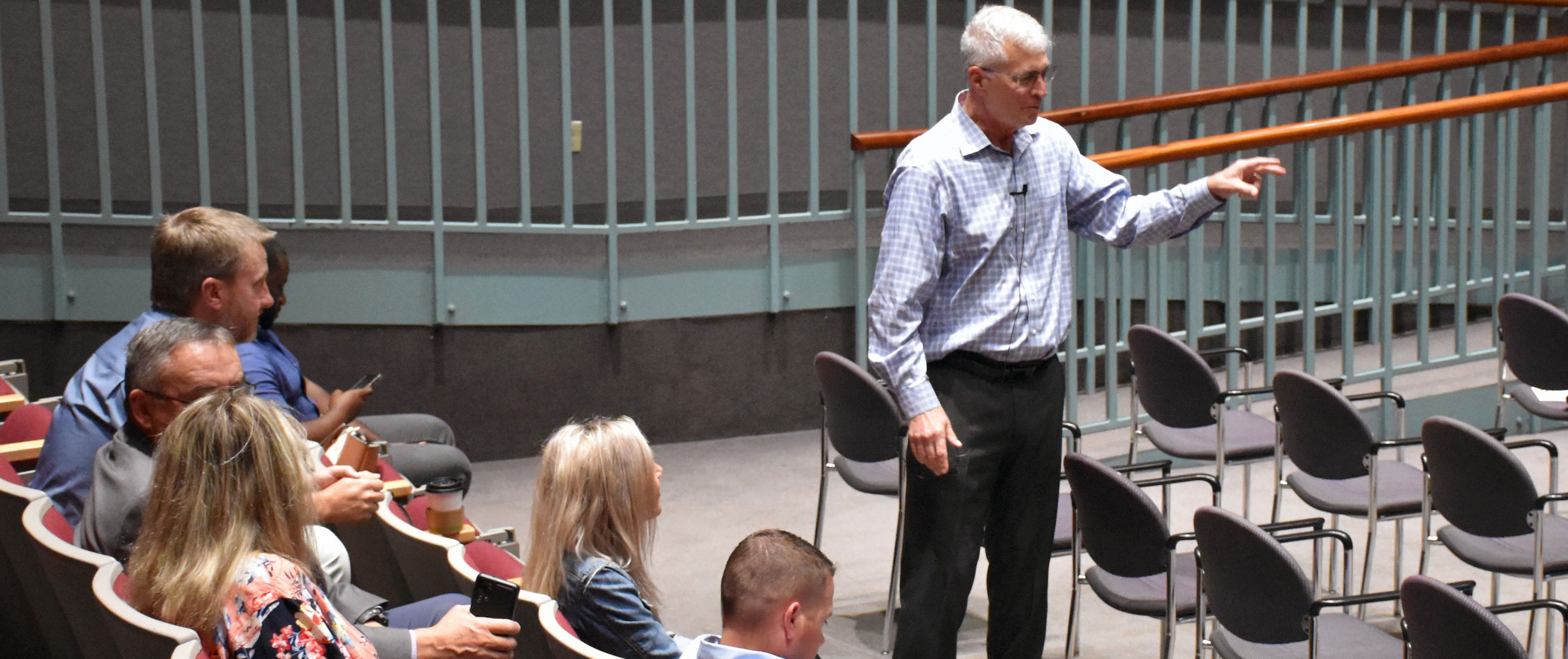The following blog is a continuation of my previous blog, now with reflection of last Tuesday’s election:
America got a wake-up call a couple weeks ago. Health care premiums for 2017 will rise an average of 25%, with people in some states having to pay rate increases of more than 50% or worse yet, even 100%. “Down with Obamacare!”, they cry. Mr. Trump and the Republicans in general successfully campaigned to repeal and replace that horrid Obamacare.
Now Mr. Trump is President-elect and had the opportunity to discuss Obamacare directly with President Obama. Based upon those discussions, he may now advocate retaining some aspects of Obamacare, namely preserving the pre-existing conditions exclusion, and allowing dependents to remain on the parent’s plan until age 26. These are very popular components of the program, and I am glad that Mr. Trump has acknowledged their importance. Those should never be repealed.
But the etiologies of the high premiums we are now seeing for 2017 are more complex. These high premiums cannot be fixed by simply eliminating or replacing Obamacare. We need to examine the disease, not just the symptoms.
The present health care trend can be conceptualized as the sum of two independent cost trends.
First, the implementation of Obamacare has indeed catalyzed an adverse selection. Eliminating the pre-existing conditions exclusion, although popular, comes at a substantial cost. The simple rule of insurance, whether it be health insurance or home insurance, is that the “unafflicted” ultimately subsidize the “afflicted”. In home insurance, for example, the premiums paid by the folks whose houses did not burn down helped pay for the ones whose houses did burn down. The same is true in health care. The healthy will always help subsidize the care of the sick. There must be an incentive for the younger, healthier population to purchase health insurance. “Mandate” is a bad word nowadays, but it is an economic necessity for the insurance product to be successful.
We need to revisit the importance of a “mandate”. Theoretically, one always has the choice of not getting insurance. For example, I can choose not to buy homeowner’s insurance and take the risk that my house will not burn down. Worst case scenario, I do not have a house and move in with family or friends. There is much more at stake in health care. A catastrophic health event can cost many hundreds of thousands of dollars. Not having protection for this event is a gamble that few Americans can afford to take (except, maybe, the President-elect!). Furthermore, the risk of not having health insurance is not only huge, but if the patient cannot pay the bills, it will ultimately fall to the public sector…. Someone ultimately must pay for those services.
The problem is, no one knows whether they will have a catastrophic medical event. I have dutifully bought health insurance through my employers for over 30 years. For 29 of those 30 years, all I ever needed was physicals and routine care. On one of those years I had cardiac surgery. If I had only been smart enough to know which year I would need that insurance, and instead put those premium dollars into the bank, my IRA would now be mid-six figures higher. But of course, no one knows that. As health care crises are the number one cause of bankruptcy in this country, NOT having health insurance is a dumb idea if it is available.
Thus, the inevitable adverse selection. By not having the healthier population in the total pool, the participants ultimately become the sick population, and the costs within those high-risk pools skyrocket.
Health insurance is an economic necessity for every American. We do need to figure this out in a way that is acceptable to the public.
But let’s not forget the basics. There is an even more important and alarming trend.
Health care costs continue to rise every year higher than inflation and cost of living. We know many of the reasons: newer, expensive medications, unnecessary medical tests and procedures, over-aggressive care, the increasing cost of health care administration, just to name a few. On top of those, there is the ongoing inflation for the baseline costs of operational goods and services. With or without Obamacare, we are still faced with that medical cost trend. And that trend has been, and still is, out of control, now approaching almost 20% of GNP. We cannot pin this trend on Obamacare. We have been challenged with this problem for many years. We still have not developed adequate strategies to manage overall health care costs.
So, we now have the confluence of two trends— the usual health cost trend, which remains unabated, now superimposed upon the costs of adverse selection.
We must acknowledge and tackle both issues.
First, we need to acknowledge that the elimination of pre-existing conditions does come at a cost. Somehow or another, there must either be a subsidy directly or there must be a mandate. All Americans should have health care insurance, period!! It is simply being smart. There needs to be a mechanism in place for health care coverage for all Americans.
But on top of that, we need to continue aggressive efforts in health care cost reduction and efficiency. We have made some progress, but there is much more to go. Rising health care costs are truly the “disease” that we must treat.
It is shortsighted and simplistic simply blame the skyrocketing health premium costs on Obamacare. As concerned health care leaders, we must rededicate ourselves to finally tackling the out of control rise in health care delivery costs and get the job done.




